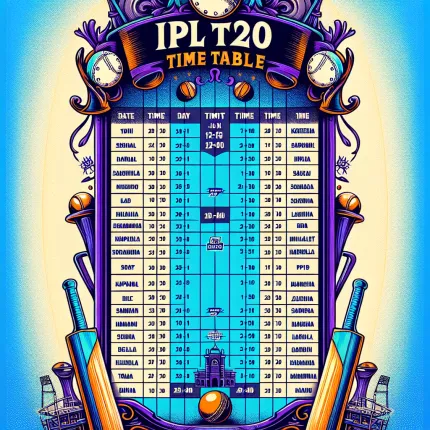Today ipl match ratio


The Indian Premier League (IPL) has become a global cricketing phenomenon, captivating millions of fans with its high-octane matches and star-studded line-ups. One of the key aspects that fans and analysts alike focus on is the match ratio, which provides insights into team performance, player contributions, and overall league dynamics. This article delves into the intricacies of today's IPL match ratio, offering a detailed examination of its components, significance, and implications for teams and fans.
What is IPL Match Ratio?
The IPL match ratio is a statistical measure that evaluates the performance of teams in the league. It is typically expressed as a ratio of wins to losses, providing a snapshot of a team's success over a given period. This ratio is crucial for understanding team standings, playoff qualifications, and overall competitiveness in the league.
Components of IPL Match Ratio
To fully grasp the concept of IPL match ratio, it's essential to break down its components:
- Wins: The number of matches a team has won during the season.
- Losses: The number of matches a team has lost.
- Net Run Rate (NRR): While not a direct component of the match ratio, NRR often plays a crucial role in tie-breaking scenarios, influencing a team's position on the points table.
Significance of Match Ratio in IPL
The match ratio is more than just a number; it holds significant implications for teams and their strategies:
- Team Strategy: A favorable match ratio can boost team morale and influence strategic decisions, such as player rotations and batting orders.
- Playoff Qualifications: Teams with higher match ratios are more likely to qualify for the playoffs, making every match crucial.
- Fan Engagement: A team's match ratio can impact fan support and engagement, with successful teams often enjoying larger fan bases.
Case Studies: Analyzing Match Ratios of Successful IPL Teams
To illustrate the impact of match ratios, let's examine the performance of some of the most successful IPL teams:
Mumbai Indians (MI)
The Mumbai Indians have consistently been one of the top-performing teams in the IPL. Their impressive match ratio is a testament to their strategic planning and execution. Over the years, MI has maintained a high win-to-loss ratio, often finishing at the top of the points table. Key factors contributing to their success include:
- Strong leadership under captains like Rohit Sharma.
- A balanced team composition with a mix of experienced players and young talent.
- Effective use of analytics to inform game strategies.
Chennai Super Kings (CSK)
Another team with a remarkable match ratio is the Chennai Super Kings. Known for their consistency, CSK has been a dominant force in the IPL. Their success can be attributed to:
- Veteran leadership from MS Dhoni, who has been instrumental in guiding the team.
- A focus on building a cohesive team culture.
- Strategic player acquisitions and retention.
Statistical Insights: The Role of Data in Understanding Match Ratios
In the modern era of cricket, data analytics plays a pivotal role in understanding and improving match ratios. Teams leverage data to gain insights into player performance, opposition strategies, and match conditions. Some key statistical tools used include:
- Performance Metrics: Detailed analysis of player statistics, such as batting averages, strike rates, and bowling economies.
- Predictive Modeling: Using historical data to predict future performance and outcomes.
- Video Analysis: Reviewing match footage to identify areas for improvement and strategize accordingly.
Challenges in Maintaining a Favorable Match Ratio
While achieving a high match ratio is desirable, it comes with its own set of challenges:
- Injuries: Player injuries can disrupt team dynamics and affect performance.
- Form Fluctuations: Players may experience dips in form, impacting the team's overall performance.
- External Factors: Weather conditions, pitch behavior, and other external factors can influence match outcomes.
Strategies for Improving Match Ratios
Teams can adopt several strategies to enhance their match ratios:
- Focus on Fitness: Ensuring players are in peak physical condition to minimize injuries.
- Data-Driven Decisions: Utilizing analytics to make informed decisions on player selection and game strategies.
- Team Cohesion: Building a strong team culture to foster collaboration and unity.
Conclusion: The Future of IPL Match Ratios
As the IPL continues to evolve, the importance of match ratios will only grow. Teams that can effectively analyze and improve their match ratios will have a competitive edge in the league. By leveraging data analytics, strategic planning, and fostering a strong team culture, franchises can enhance their performance and achieve sustained success.
In summary, the IPL match ratio is a critical metric that offers valuable insights into team performance and league dynamics. By understanding its components, significance, and challenges, teams and fans alike can gain a deeper appreciation for the intricacies of the game. As the league progresses, the focus on match ratios will undoubtedly shape the future of the IPL, driving teams to innovate and excel in their pursuit of glory.





